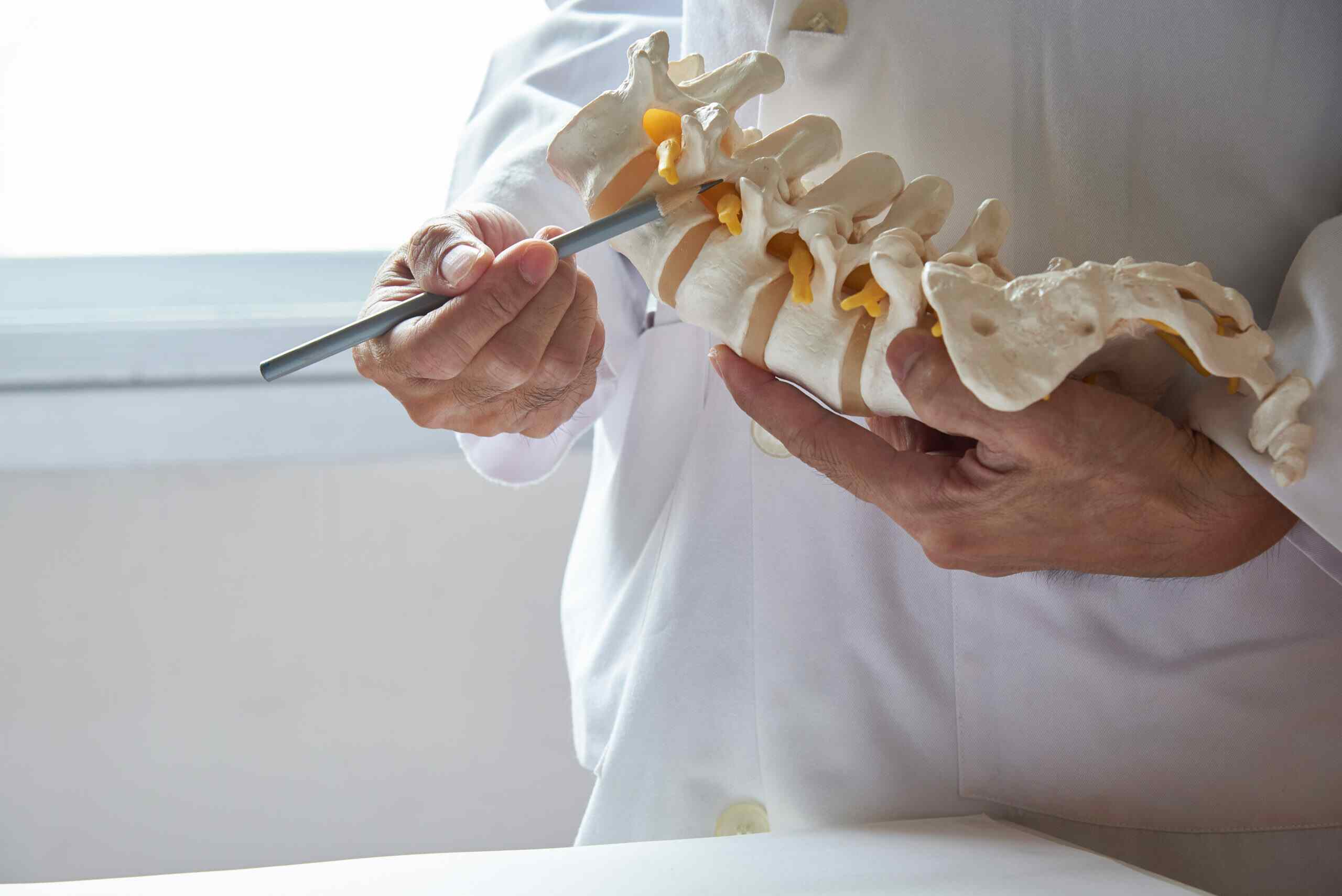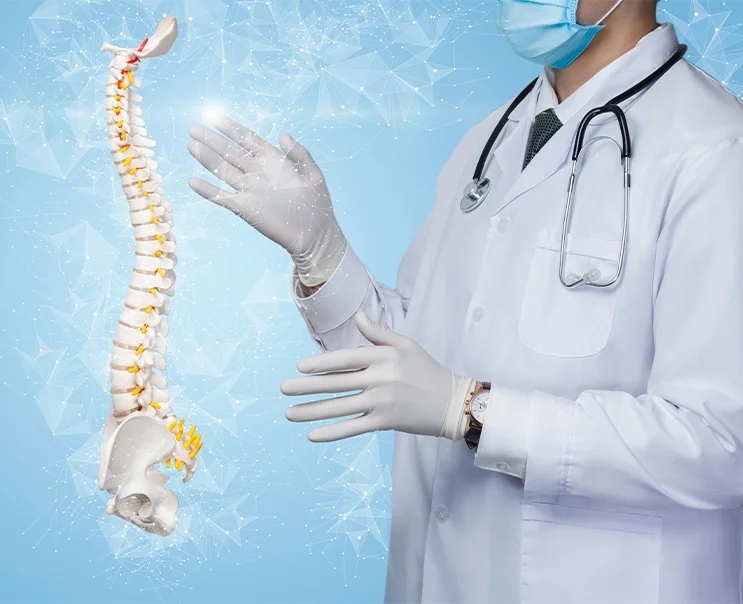Overview
Tarlov cysts, also known as perineural cysts, are fluid-filled sacs that form at the base of the spine, typically in the sacral region (the lower back). These cysts develop around nerve roots in the sacrum, the area just above the tailbone. Tarlov cysts are often asymptomatic, meaning many people may have them without ever knowing. However, when they cause symptoms, they can result in significant discomfort and neurological issues.









